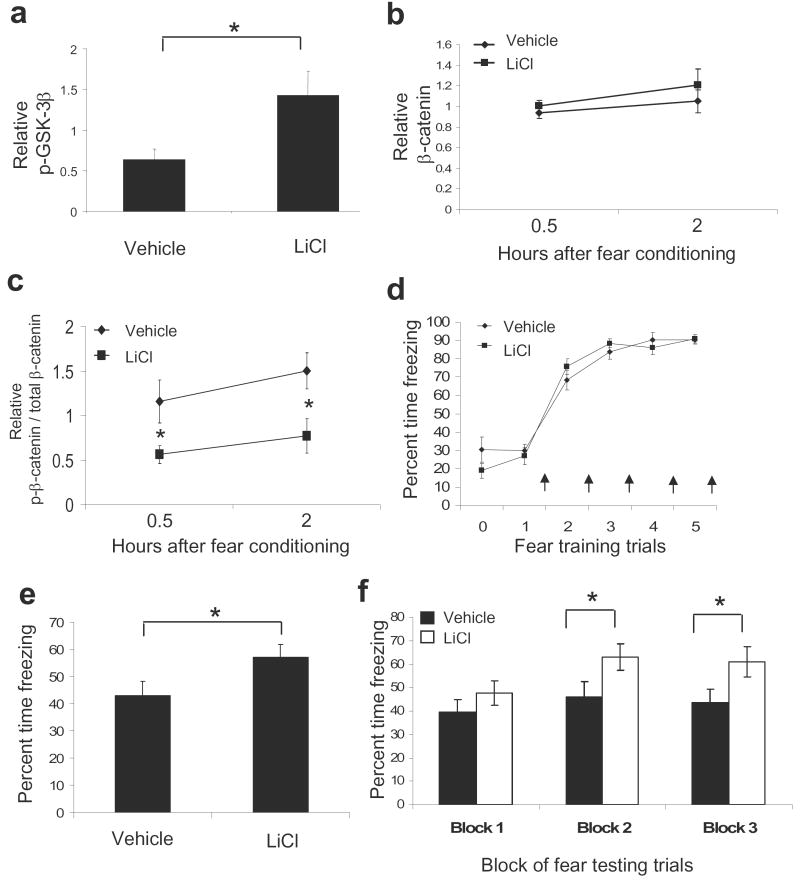Figure 4. Lithium chloride decreases GSK-3β-mediated β-catenin phosphorylation in the amygdala and enhances learning.
(a) Animals were sacrificed from their home-cage 30 min after systemic injections of either vehicle or LiCl (100 mg kg-1). Phospho-GSK-3β levels in the amygdala were significantly increased in LiCl compared to vehicle treated animals (n = 9 for vehicle group, n = 10 for vehicle group). (b-c) A separate group of animals was injected with either vehicle or LiCl 30 min prior to fear conditioning, and then sacrificed 0.5 hr or 2 hr following training (n = 8 per group). (b) Total β-catenin levels in the amygdala were increased, although not significantly, at the 0.5 and 2 hr time points in LiCl treated animals. (c) The ratios of β-catenin phosphorylated at the GSK-3β-dependent sites (Ser33/37, Thr41) to total β-catenin levels were significantly decreased in LiCl treated animals at the 0.5 and 2 hr time points following fear conditioning. (d-f) An additional group of animals was injected with either vehicle or LiCl 30 min prior to fear conditioning and then tested 48 hr later (n = 19 per group). (d) Acquisition curve showing the % freezing during each tone prior to the presentation of the footshock. All animals were able to acquire and express equal levels of fear. Arrows represent the presentation of footshock. (e) Animals that had received LiCl prior to fear training showed significantly higher levels of fear than animals that had received saline upon retesting 48 hrs later in the absence of drug. (f) Examining the freezing data in panel E by blocks of 5 suggests that this difference in fear retention is maintained across the testing session (Bars indicate mean ± s.e.m.; * denotes P < 0.05)

